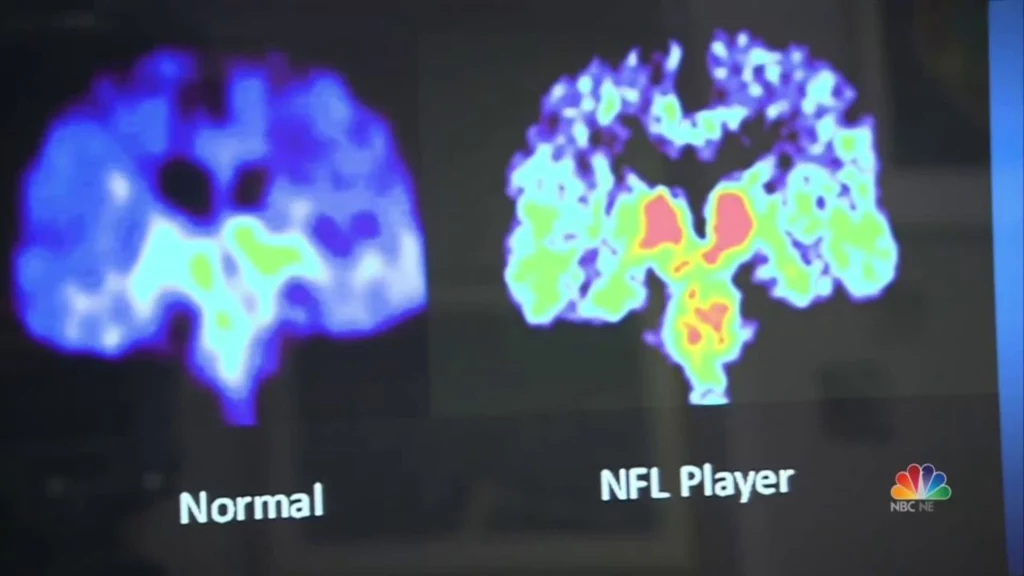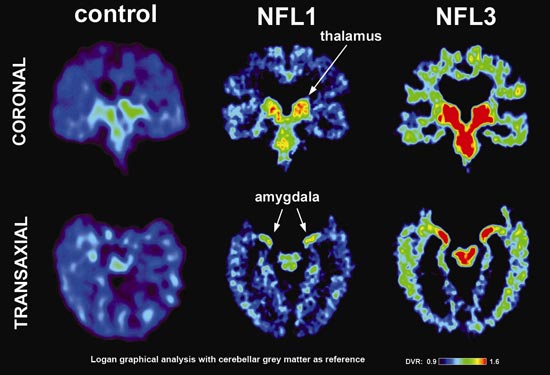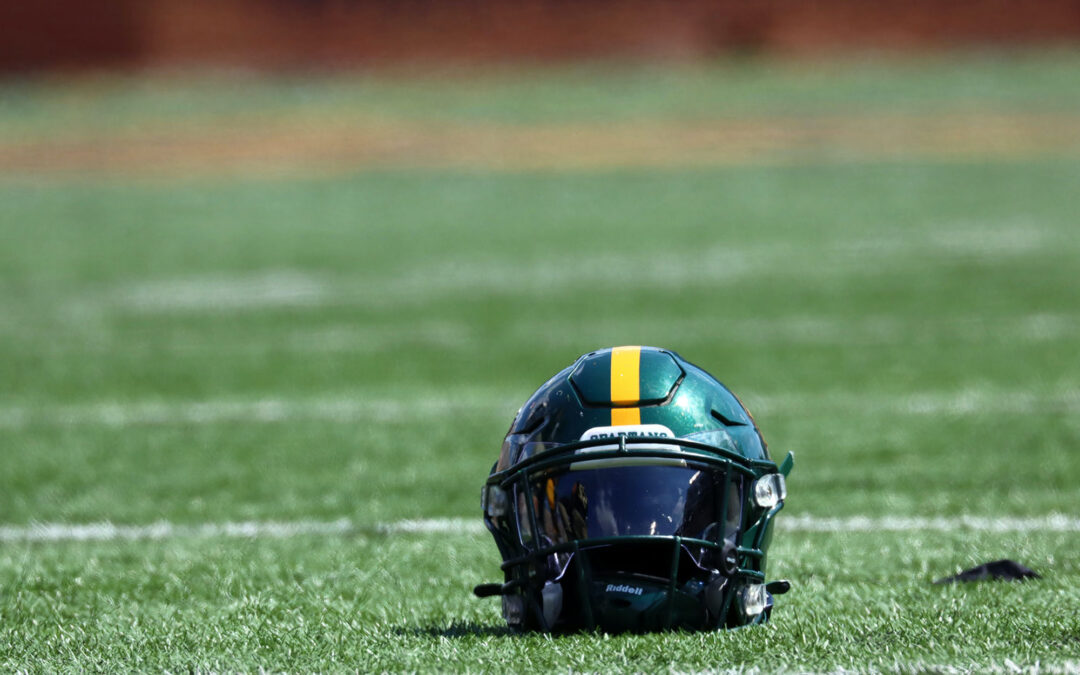In a study of the delayed neurodegenerative condition, researchers at Boston University reported that they had found chronic traumatic encephalopathy in the brains of more than 91% of former NFL players.
In a news release on Monday, researchers at Boston University’s Chronic Traumatic Encephalopathy Center revealed that 345 out of 376 athletes in the continuing study—or 91.7% of participants—had CTE.
CTE can only be diagnosed after death, not while the patient is still alive. The study requires participants to sign up in advance and consent to give their brains after passing away, especially those who participate in high-contact sports like football or hockey.

CTE is the subject of five clinical investigations, and February is CTE Awareness Month, according to the researchers.
Only one out of 164 subjects in a 2018 study by Boston University that examined the brains of apparently healthy individuals had the disease. One positive diagnosis—from a former college football player—was received.
Related: Michael Vick To Produce Docuseries About The Evolution Of Black NFL Quarterbacks
Super Bowl champion Ed Lothamer, a former Kansas City Chief, and quarterback Rick Arrington, a former Philadelphia Eagle, were all participants in Monday’s study. On Sunday in Arizona, Super Bowl LVII, the two teams square off.
When the Kansas City Chiefs defeated the Minnesota Vikings in Super Bowl IV in New Orleans in 1970, Lothamer won an NFL championship.

The frontal lobes of the brain experience an aberrant buildup of tau proteins, which is how CTE develops. The disease then advances through three further phases as those proteins multiply and disseminate. A patient might develop brain shrinkage as a result, which has been related to dementia.
Memory loss, multitasking issues, and other cognitive symptoms can start to show up early. A person may also experience extreme mood swings and other behavioral problems.

Junior Seau, a former NFL player, passed away in 2012 at the age of 43 from a self-inflicted gunshot wound, two years after he had left the sport. In addition to being chosen for 12 NFL Pro Bowls, the former linebacker was honored in 1992 as the UPI Defensive Player of the Year.
The National Institutes for Health discovered CTE in Seau’s brain after he passed away.
Jill Arrington, a veteran sideline reporter for numerous networks and the daughter of quarterback Arrington, stated, “I mourn my hero deeply,” in November at the Concussion Legacy Gala.
“Knowing that the sport he loved the most took his life prematurely hurts me. I want all former football players to understand how crucial it is to contribute and sign up for studies so Boston University CTE Center researchers and their collaborators around the world can learn how to treat, and one day cure, the disease that devastated our family. As a brain donor, part of his legacy is in this research.”

After Rick Arrington passed away in 2021 at the age of 74, stage 4 CTE was found in his body.
Multiple concussions or repeated brain trauma may increase the chance of developing CTE in a person.
Boston University Center Director Dr. Ann McKee issued a statement on Monday saying, “While the most devastating outcomes in people with CTE attract headlines, we want to warn those at risk for CTE that those experiences are in the minority.”
“Whether or not your symptoms are caused by CTE, you should consult a doctor since they probably can be addressed. Former football players with midlife mental health issues and other symptoms have been successfully treated by our clinical team.”
Researchers from Boston University emphasized that the results, which were made public on Monday, do not necessarily reflect the prevalence of CTE among active NFL players.
Download The Radiant App To Start Watching!
Web: Watch Now
LGTV™: Download
ROKU™: Download
XBox™: Download
Samsung TV™: Download
Amazon Fire TV™: Download
Android TV™: Download

